It’s essential to have the correct RH technique in order to improve in your playing. First we must focus on the right hand and the proper technique associated with it.
Having proper technique will make playing much easier and allow you to play more challenging repertoire and exercises.
Fingers and Strings
Thumb should be on the sixth, fifth, and fourth strings while the index middle ring will be on the third, second and first strings.
P = 6, 5, 4
I = 3
M = 2
A = 1
Right hand positioning
The right hand should be hovering over the sound hole in the middle. You can also place it back slightly as well for a different timbre. Make sure the right hand is relaxed while hanging over the strings.
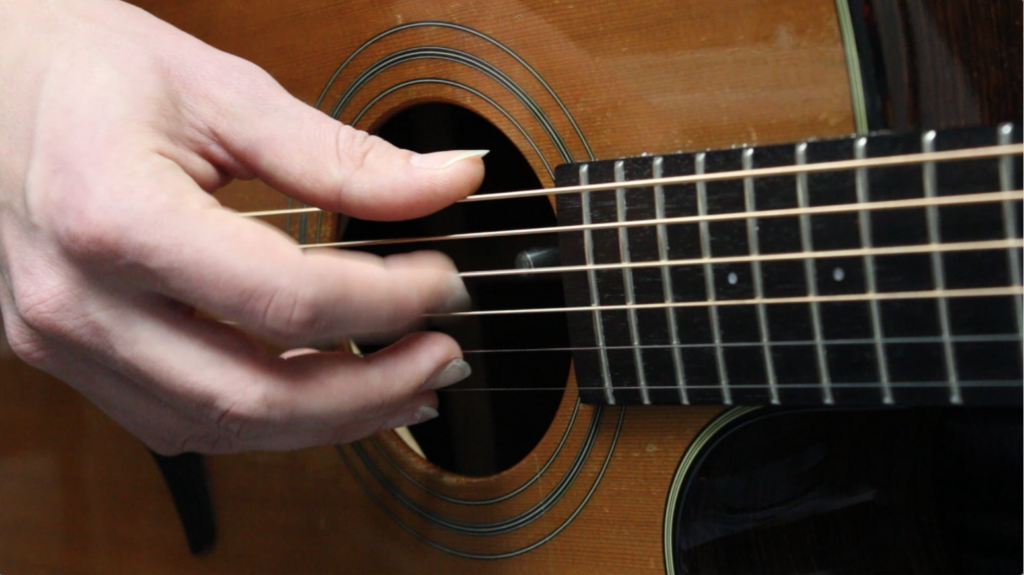
Attack motion
The attack should be a motion of the fingers coming in towards the palm. Prevent yourself from plucking up, or a clawing attack, which will cause the strings to be bright and thin.
Here is a video on beginner finger picking patterns I recommend:
Practice this with your own songs, or solely to work on your technique in order to improve your playing.
Learn more about technique through our FREE Fingerstyle Workbook!
FOLLOW US ON
Get our FREE Fingerstyle Workbook!
RELATED BLOG POSTS
Guitar Chord Progressions
Chord progressions are the backbone of music, providing the harmonic structure that supports melodies and lyrics. By understanding and practicing different chord progressions on the guitar, you can enhance your ability to accompany songs, write your own music, and improvise creatively.
To start learning chord progressions, begin by studying common chord families and progressions in various keys. Practice playing these progressions slowly and evenly, focusing on proper finger placement and tone production. Use a metronome to help maintain a steady tempo and improve your sense of timing.
Once you are comfortable with the basic chord progressions, start experimenting with different voicings and inversions to create unique sounds and textures. Explore open chords, barre chords, and jazz voicings to expand your harmonic vocabulary and develop your own signature style.
As you progress, challenge yourself by practicing chord progressions in different styles and genres of music. This will help you become more familiar with the harmonic language of different musical traditions and improve your ability to play in a variety of contexts.
By incorporating chord progressions into your daily practice routine, you can improve your overall guitar skills and become a more versatile and expressive player.
Guitar Arpeggio Exercises
Arpeggios are an essential technique for guitar players, allowing you to play chord tones individually in a melodic and expressive manner. By practicing arpeggio exercises regularly, you can improve your finger dexterity, enhance your knowledge of music theory, and develop your ability to create melodic guitar lines.
To start practicing arpeggios, begin by learning the basic major and minor arpeggio shapes on the guitar neck. Practice playing these arpeggios slowly and evenly, focusing on proper finger placement and tone production. Use a metronome to help maintain a steady tempo and improve your sense of timing.
Once you are comfortable with the basic arpeggio shapes, start practicing arpeggio sequences and patterns to enhance your speed and agility on the guitar. Experiment with different arpeggio shapes and positions to expand your melodic possibilities and create unique guitar solos.
As you progress, challenge yourself by practicing arpeggios in different keys and chord progressions. This will help you become more familiar with the harmonic relationships between chords and improve your ability to solo over complex chord changes.
By incorporating arpeggio exercises into your daily practice routine, you can improve your overall guitar skills and become a more versatile and expressive player.
Guitar Scale Practice Routine
Practicing scales is an essential part of learning to play the guitar. Scales help you develop finger dexterity, improve your knowledge of the fretboard, and enhance your ear for music. By incorporating a scale practice routine into your daily playing habits, you can improve your overall guitar skills and become a more versatile player.
To start a scale practice routine, begin by learning the basic major and minor scales in different positions on the guitar neck. Practice playing these scales slowly and evenly, focusing on proper finger placement and tone production. Use a metronome to help maintain a steady tempo and improve your sense of timing.
Once you are comfortable with the basic scales, start practicing scale sequences and patterns to increase your speed and agility on the guitar. Experiment with different scale shapes and positions to expand your knowledge of the fretboard and develop your improvisational skills.
As you progress, challenge yourself by practicing scales in different keys and modes. This will help you become more familiar with the unique characteristics of each scale and improve your ability to play in a variety of musical styles.
By incorporating scale practice into your daily routine, you can improve your overall guitar skills and become a more well-rounded player.
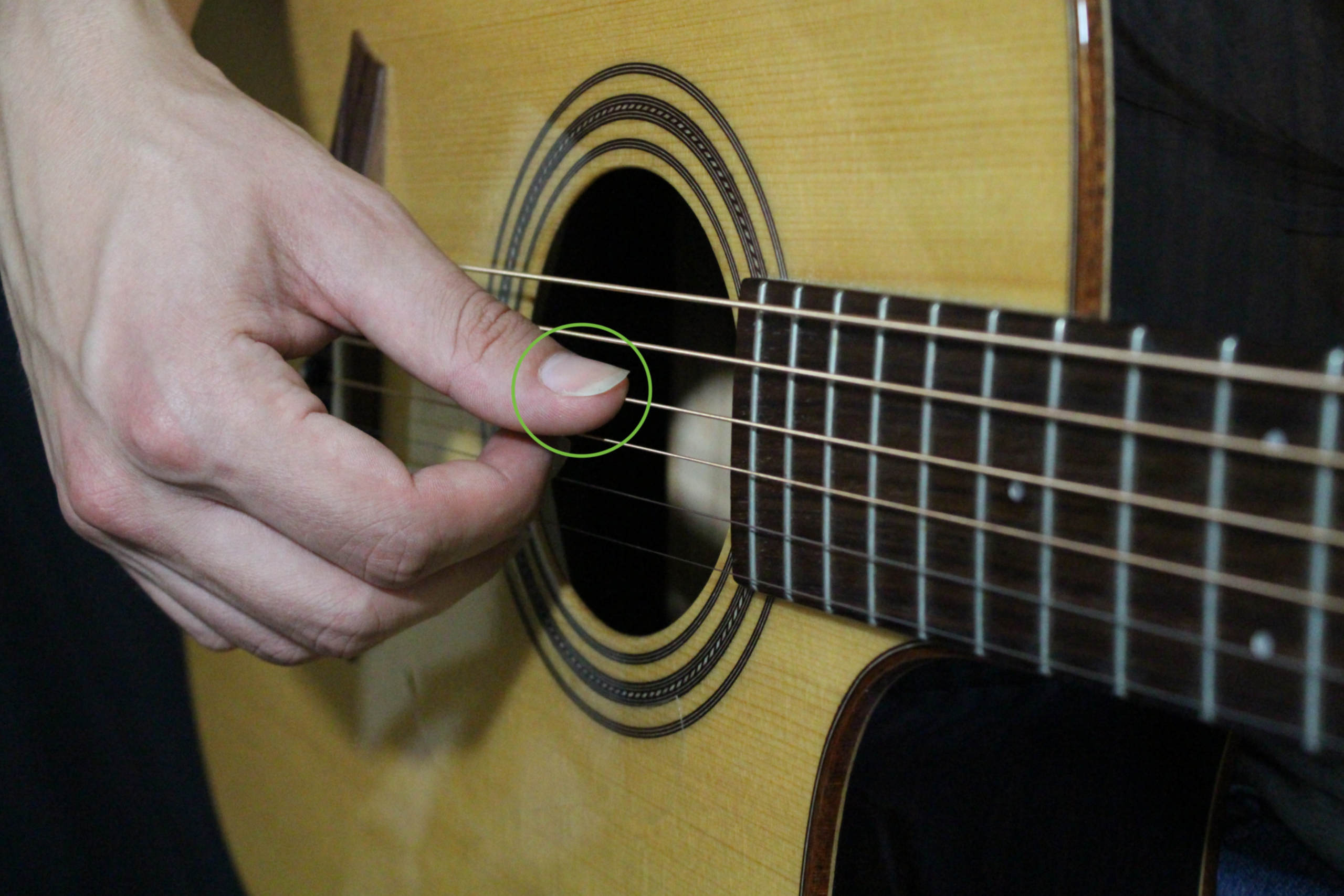
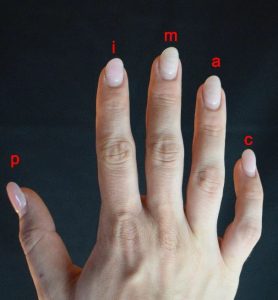
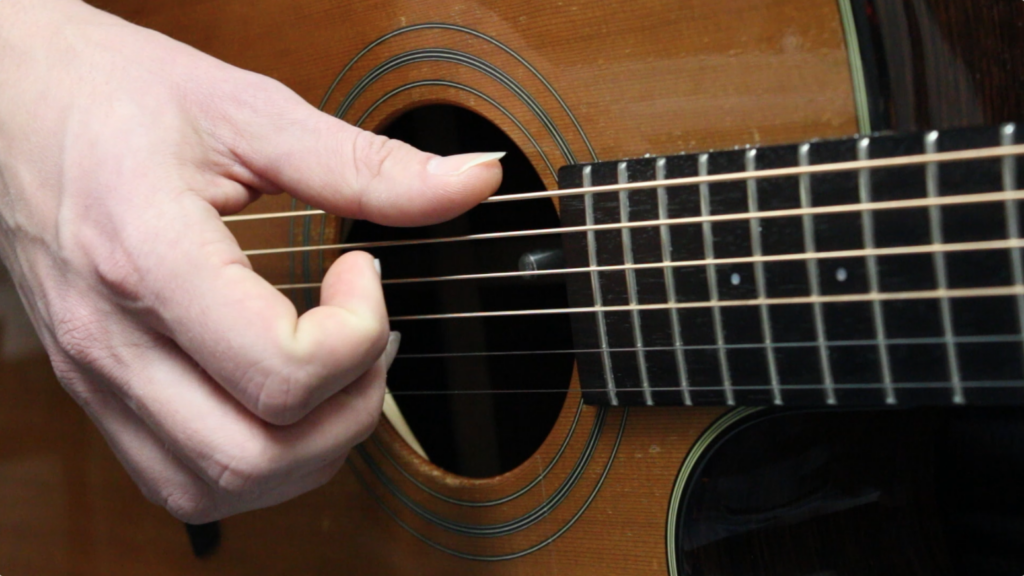
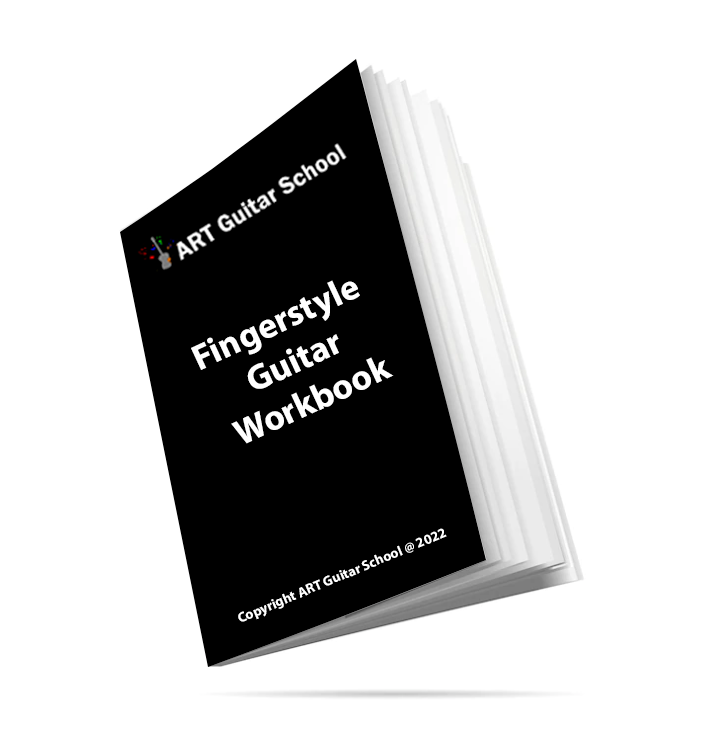
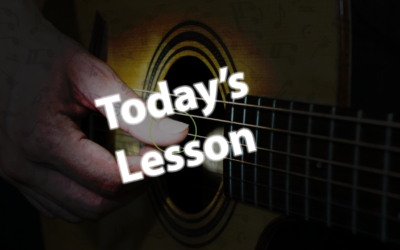
0 Comments